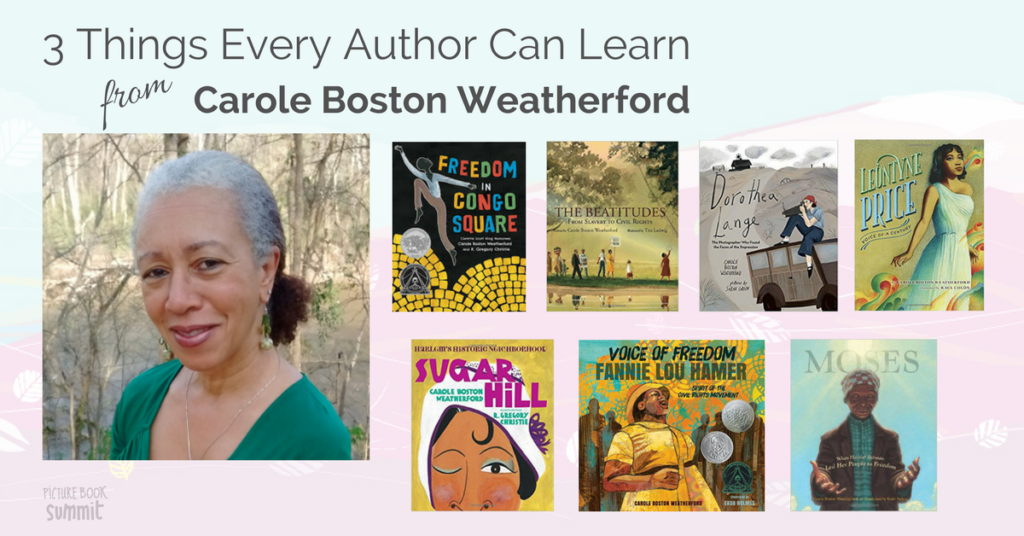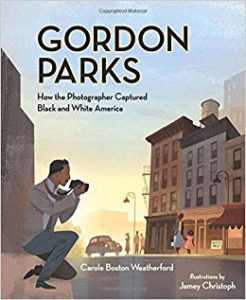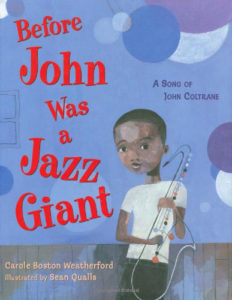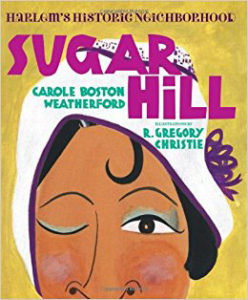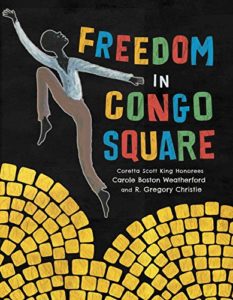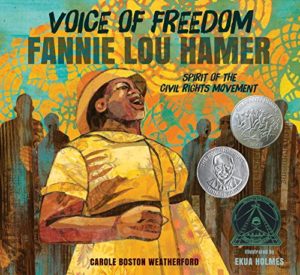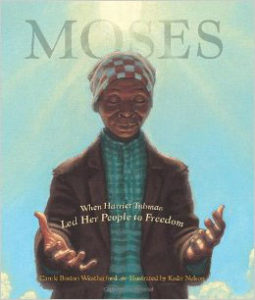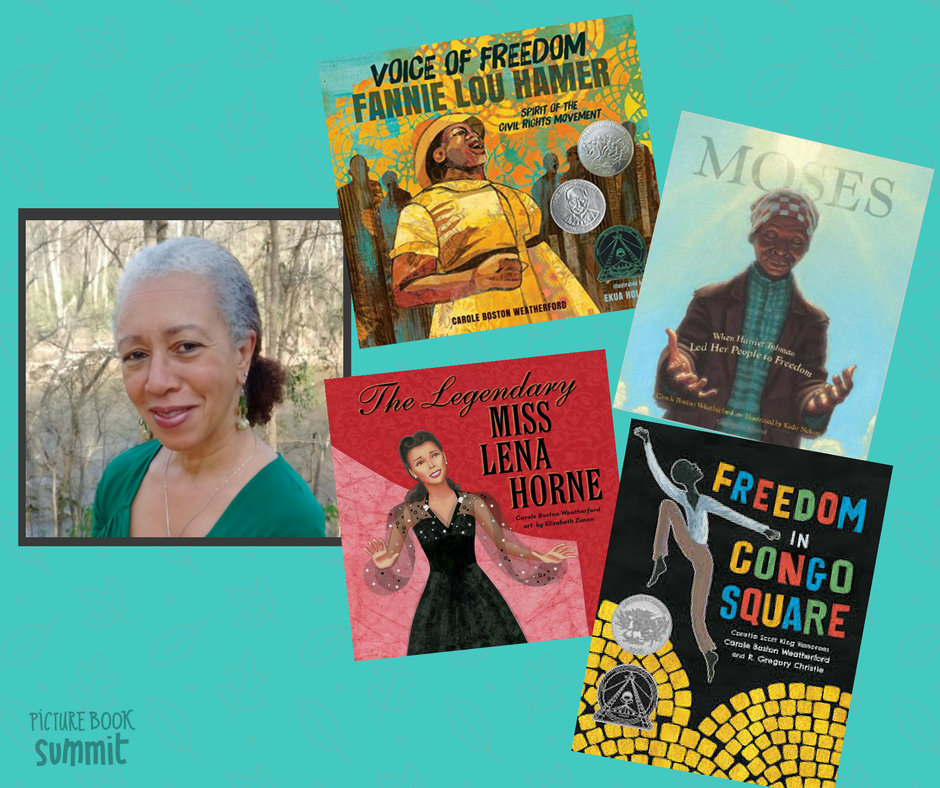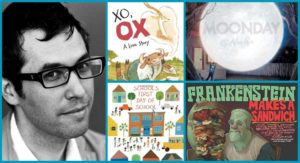Carole Boston Weatherford has brought stories of African Americans to life through her historical fiction, nonfiction, and poetry. She has written books for all age groups weaving fact with beautiful lyricism. This author study for Carole Boston Weatherford brushes the surface of some of her works, specifically focusing on:
- beginnings
- structure
- context
Beginnings
There are many different ways to start a biography. However, in many of Weatherford’s traditional narrative biographies, she begins with the subject’s childhood. For children, this gives them a glimpse into the fact that famous people were once children. Many of her subjects faced unimaginable hardships that they had to overcome. In some cases, she also uses the childhoods to show what propelled them into the person they became.
In GORDON PARKS: HOW THE PHOTOGRAPHER CAPTURED BLACK AND WHITE AMERICA Weatherford starts the book with the day of Gordon’s birth and how he almost dies. He is named after the doctor who saved him.
THE LEGENDARY MISS LENA HORNE starts with her family tree, giving background into the family of high achievers that she came from and dives into her becoming a cover girl at age two for the NAACP National Bulletin.
Structure
If you study a large number of Weatherford’s works you will notice that she often plays with structure of her books.
While a good number of her books use a traditional narrative structure and written in prose, many of her books break away from that structure. Even when writing in narrative prose, she uses many poetic devices, so that her work reads like poetry.
BEFORE JOHN WAS A JAZZ GIANT is a song about John Coltrane’s childhood and his influences.
THE BEATITUDES: FORM SLAVERY TO CIVIL RIGHTS uses the structure of the Biblical beatitudes. It’s told in the voice of God and how he was with African Americans from their time in slavery to Barack Obama’s inauguration.
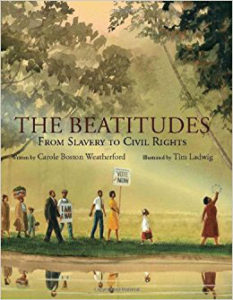 SUGAR HILL: HARLEM’S HISTORIC NEIGHBORHOOD is told in rhythmic couplets and is a celebration of a neighborhood that nurtured many people during the Harlem Renaissance.
SUGAR HILL: HARLEM’S HISTORIC NEIGHBORHOOD is told in rhythmic couplets and is a celebration of a neighborhood that nurtured many people during the Harlem Renaissance.
FREEDOM IN CONGO SQUARE is also told in rhythmic couplets. The couplets evoke the anticipation of Sunday afternoon and the “moment” of freedom for enslaved peoples in New Orleans.
THE VOICE OF FANNIE LOU HAMER: SPIRIT OF THE CIVIL RIGHTS MOVEMENT is a collection of poems told in the Fannie Lou Hamer’s voice about her life.
MOSES: WHEN HARRIET TUBMAN LET HER PEOPLE TO FREEDOM tells the story through narrative describing the scene and through dialogue between Harriet Tubman and God on her journey to the North.
For biographies that feature a more traditional narrative, I recommend looking at:
- THE LEGENDARY MISS LENA HORNE
- GORDON PARKS: HOW THE PHOTOGRAPHER CAPTURED BLACK AND WHITE AMERICA
- DOROTHEA LANGE: THE PHOTOGRAPHER WHO FOUND THE FACES OF THE GREAT DEPRESSION
- LEOTYNE PRICE: VOICE OF A CENTURY
A reading of Weatherford’s works is a master class in numerous ways to structure a book.
Creating Context
Most of Weatherford’s books are written for an elementary audience. Her picture books are excellent resources for students in grades 2-5. However, many of these young readers don’t have the context to understand what was happening in our country during different time periods. The nonfiction picture book market does allow for a little bit longer text. Still, every word is selected with care, and must appeal to the audience. With few words, Weatherford masterfully shares carefully selected details for the story while providing the reader the historical time frame.
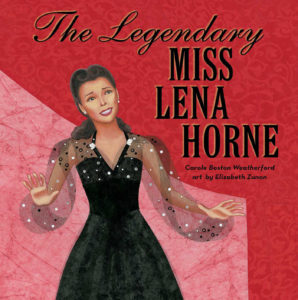
For example, THE LEGENDARY MISS LENA HORNE shares one person’s life. However, in in THE BEATITUDES: FROM SLAVERY TO CIVIL RIGHTS, Weatherford covers hundreds of years.
Weatherford provides small details to help children understand the broader context of the subject and their time period. Through her work, Weatherford captures the essence of a time period or a person through very few words. Weatherford provides small details to help children understand the broader context of the subject and their time period.
Learn more from Carole Boston Weatherford
If you are writing historical fiction, nonfiction, or poetry in picture books, I highly recommend digging into Carole Boston Weatherford’s work. Take notes and learn about how she structures a book. How does she create context while still sharing a story? And, how does she begin to tell the stories of people? Reading and studying her work is a master class in these picture book genres.
Want to learn directly from Carole Boston Weatherford? Come learn directly during her LIVE presentation at Picture Book Summit! Not only will you be able to listen to her directly, but all attendees have the opportunity to ask questions during the event.
Learn more about Picture Book Summit {here}.
Or register for this premier conference {here}.
More Author Studies
Check out our author study on Adam Rex!



